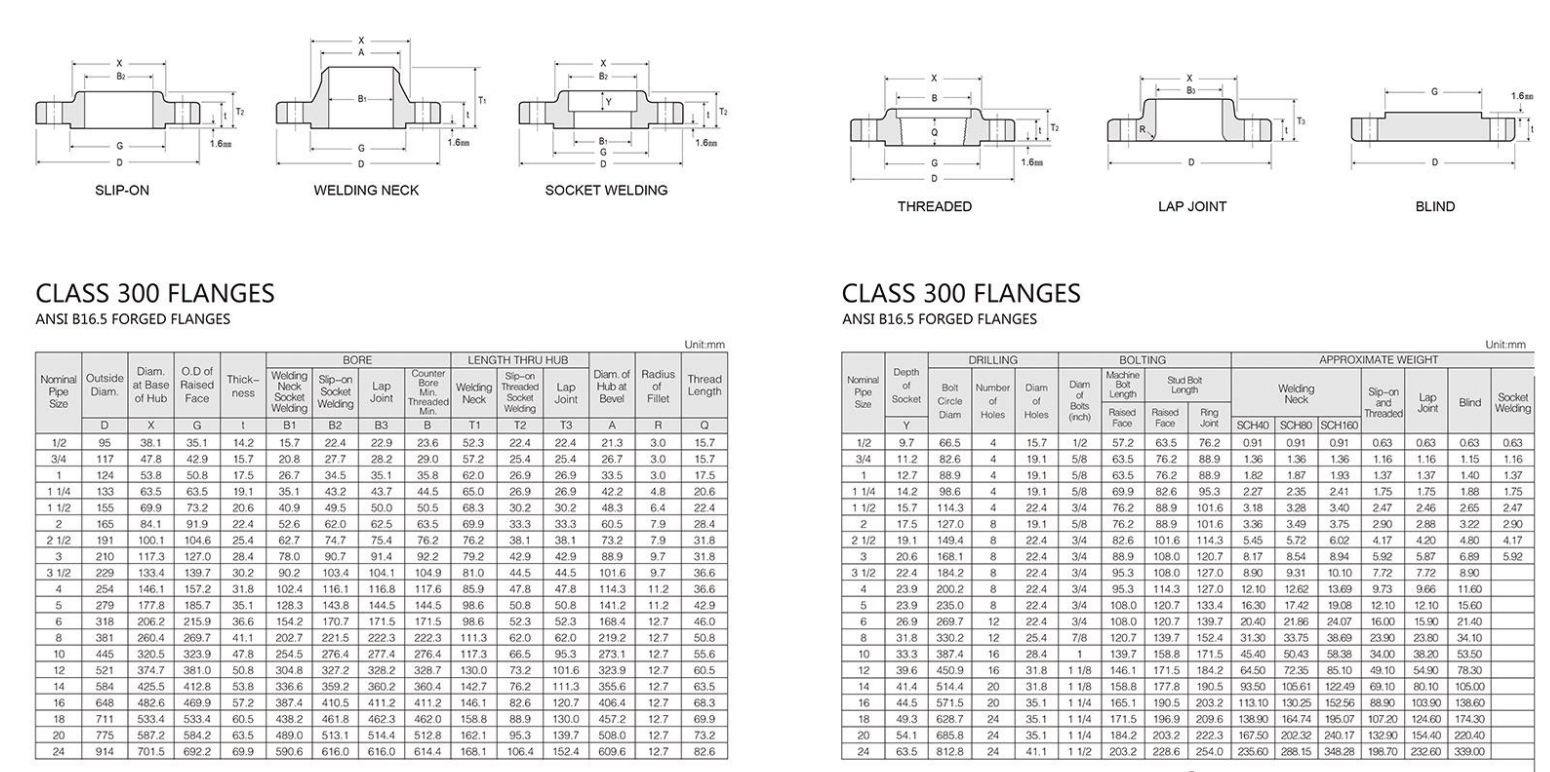-
Cangzhou Yulong Steel Co., Ltd.
-
Phone:
+86 13303177267 -
Email:
admin@ylsteelfittings.com
- English
- Arabic
- Italian
- Spanish
- Portuguese
- German
- kazakh
- Persian
- Greek
- French
- Russian
- Polish
- Thai
- Indonesian
- Vietnamese
- Zulu
- Korean
- Uzbek
- Hindi
- Serbian
- Malay
- Ukrainian
- Gujarati
- Haitian Creole
- hausa
- hawaiian
- Hebrew
- Miao
- Hungarian
- Icelandic
- igbo
- irish
- Japanese
- Javanese
- Kannada
- Khmer
- Rwandese
- Afrikaans
- Albanian
- Amharic
- Armenian
- Azerbaijani
- Basque
- Belarusian
- Bengali
- Bosnian
- Bulgarian
- Catalan
- Cebuano
- China
- China (Taiwan)
- Corsican
- Croatian
- Czech
- Danish
- Esperanto
- Estonian
- Finnish
- Frisian
- Galician
- Georgian
- Kurdish
- Kyrgyz
- Lao
- Latin
- Latvian
- Lithuanian
- Luxembourgish
- Macedonian
- Malgashi
- Malayalam
- Maltese
- Maori
- Marathi
- Mongolian
- Myanmar
- Nepali
- Norwegian
- Norwegian
- Occitan
- Pashto
- Dutch
- Punjabi
- Romanian
- Samoan
- Scottish Gaelic
- Sesotho
- Shona
- Sindhi
- Sinhala
- Slovak
- Slovenian
- Somali
- Sundanese
- Swahili
- Swedish
- Tagalog
- Tajik
- Tamil
- Tatar
- Telugu
- Turkish
- Turkmen
- Urdu
- Uighur
- Welsh
- Bantu
- Yiddish
- Yoruba

Nov . 16, 2024 17:58 Back to list
5d pipe bend dimensions
Understanding 5D Pipe Bend Dimensions An Essential Guide
In the realm of piping systems, efficiency and performance are paramount. One of the critical components that contribute significantly to the functionality of these systems is the pipe bend. In industrial applications, the bend of a pipe must not only serve its purpose but also adhere to specific standards and dimensions for optimal flow and operation. Among various bend specifications, the 5D pipe bend stands out as a popular choice due to its unique characteristics and advantages.
What is a 5D Pipe Bend?
The term 5D refers to the ratio of the bend radius to the nominal diameter of the pipe. In a 5D bend, the radius of the bend is five times the diameter of the pipe. For instance, if you have a pipe with a diameter of 10 inches, the bend radius would be 50 inches. This ratio is crucial in designing pipe bends because it affects the flow characteristics of the medium within the pipe, the stresses experienced by the material, and the overall integrity of the piping system.
Advantages of 5D Pipe Bends
1. Reduced Pressure Drop One of the foremost advantages of using a 5D bend is the reduction in pressure drop. Compared to tighter bends (like 2D or 3D), a 5D bend provides a smoother transition for the fluid flow. This allows for a more efficient system, as the fluid does not encounter as much turbulence, enabling reduced energy consumption for pumping.
2. Less Stress on Piping Material The gentler curve of a 5D bend also minimizes stress on the piping material. This is vital for ensuring the longevity and durability of the piping system. In high-pressure systems, where material fatigue can lead to failures, using a 5D bend can significantly extend the service life of pipes by distributing internal pressures more evenly.
3. Improved Flow Characteristics The design of a 5D bend encourages better flow dynamics. With less turbulence and disruption, the media inside the pipe is less likely to encounter issues like sedimentation, which can occur in tighter bends. This is especially beneficial in systems dealing with slurries or other viscous materials that are more prone to settling.
5d pipe bend dimensions

4. Versatility 5D bends are versatile and can be used in various applications, including chemical processing, oil and gas, and HVAC systems. Their adaptability makes them a favored choice among engineers when designing complex piping layouts.
Design Considerations
When designing or selecting 5D pipe bends, it is essential to consider several factors, including
- Material The choice of material is crucial, as it must withstand the operational conditions, such as temperature, pressure, and the type of fluid being transported. Common materials include carbon steel, stainless steel, and various alloys.
- Installation Space While a 5D bend offers many advantages, it requires more space than tighter bends, making it essential to consider available installation space carefully. In confined areas, it may be challenging to fit a 5D bend without altering the layout.
- Cost Implications Generally, wider bends like 5D can be more expensive to manufacture and install due to the material and fabrication processes involved. Budget considerations will play a significant role in the decision-making process.
Conclusion
In conclusion, 5D pipe bends are an excellent option for enhancing the efficiency, durability, and performance of piping systems. Their advantages, such as reduced pressure drop, lower stress on materials, and improved fluid dynamics, make them a preferred choice in many industrial applications. When designing a piping system, considering the right bend dimensions is key to achieving optimal results. Understanding the versatility and practical applications of 5D bends can lead to more effective and efficient industrial operations, ultimately benefiting the overall infrastructure and performance of any given project.
Latest news
-
ANSI 150P SS304 SO FLANGE
NewsFeb.14,2025
-
ASTM A333GR6 STEEL PIPE
NewsJan.20,2025
-
ANSI B16.5 WELDING NECK FLANGE
NewsJan.15,2026
-
ANSI B16.5 SLIP-ON FLANGE
NewsApr.19,2024
-
SABS 1123 FLANGE
NewsJan.15,2025
-
DIN86044 PLATE FLANGE
NewsApr.19,2024
-
DIN2527 BLIND FLANGE
NewsApr.12,2024
-
JIS B2311 Butt-Welding Fittings LR/SR 45°/90° /180°Seamless/Weld
NewsApr.23,2024











